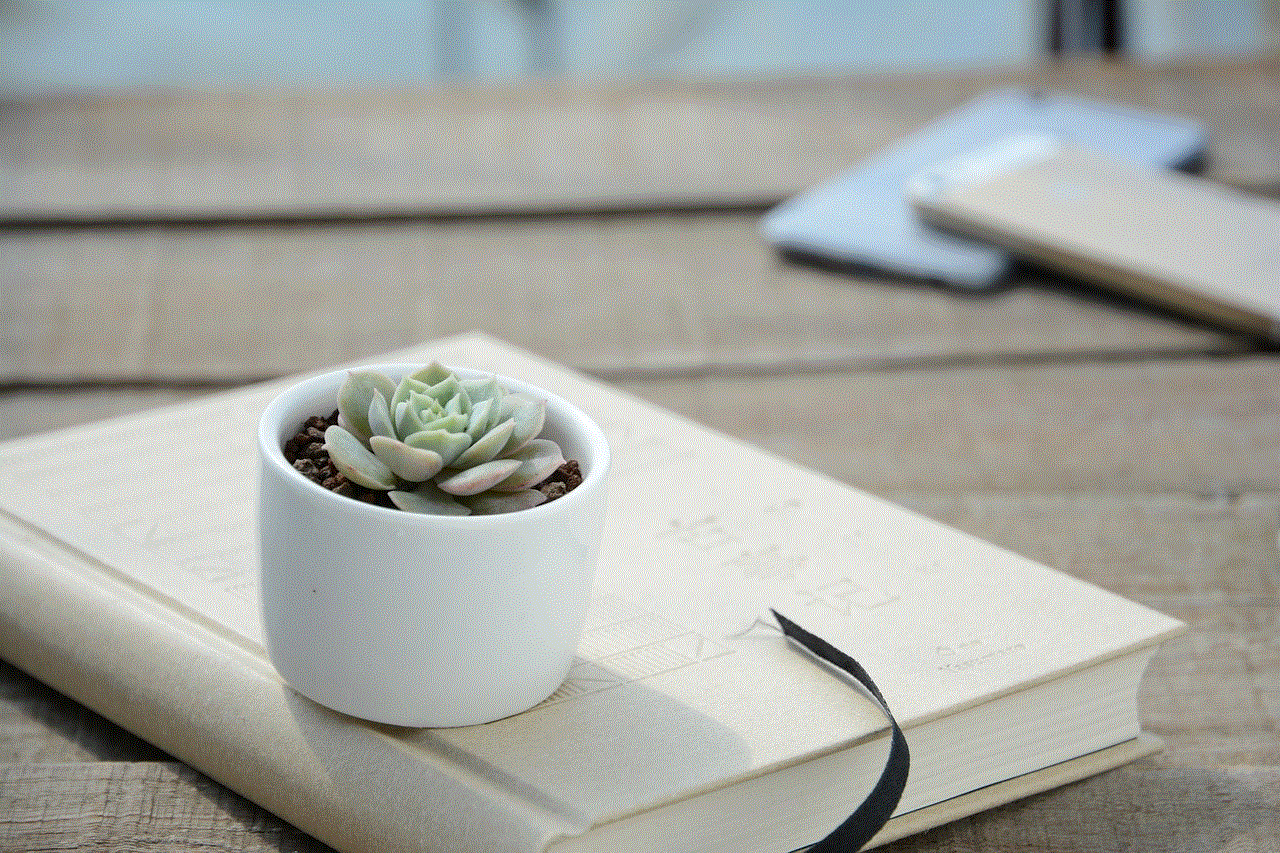text blocker app android
Title: Enhancing Productivity and Focus with Text Blocker Apps on Android
Introduction (Approx. 150 words)
In today’s fast-paced digital world, our smartphones have become an integral part of our lives. While they offer numerous benefits and convenience, they can also be a source of distraction, hindering our productivity and focus. One of the major culprits for this distraction is excessive messaging and constant notifications. To combat this issue, developers have created text blocker apps for Android devices. These innovative applications provide users with the ability to control and manage their incoming text messages, allowing them to stay focused on their tasks and responsibilities. In this article, we will explore the concept of text blocker apps for Android, their features, benefits, and how they can help enhance productivity.
1. Understanding Text Blocker Apps (Approx. 200 words)
Text blocker apps are specifically designed to manage and block incoming text messages on Android devices. These apps provide users with various features and settings that allow them to control their messaging experience. Users can set specific time periods during which they want to block messages , create whitelists and blacklists of contacts, and even set automated responses to incoming texts. These applications are highly customizable, ensuring that users have the flexibility to tailor their messaging experience according to their needs and preferences.
2. The Importance of Reducing Distractions (Approx. 200 words)
In a world where constant connectivity is the norm, it is crucial to recognize the detrimental effects of distractions on our productivity. Research has shown that even a brief interruption can significantly impact our ability to focus and complete tasks efficiently. Text blocker apps help address this issue by allowing users to silence their incoming messages during specific periods when concentration and productivity are essential. By minimizing distractions, these apps enable individuals to stay on track and accomplish their goals effectively.
3. Features and Functionalities of Text Blocker Apps (Approx. 250 words)
Text blocker apps offer a wide range of features and functionalities to help users take control of their messaging experience. Some popular features include:
a) Scheduled Blocking: Users can set specific time periods during which they want to block incoming messages. This is particularly useful during work hours, study sessions, or when engaging in activities that require full attention.
b) Whitelists and Blacklists: These apps allow users to create whitelists of contacts, ensuring that important messages from specific individuals are not blocked. Conversely, users can also create blacklists to prevent messages from certain contacts or numbers from reaching their devices.
c) Automated Responses: Users can set up automated responses to incoming messages, informing contacts that they are currently unavailable or busy. This feature helps manage expectations and reduces the need for immediate responses.
4. Personalization and Customization (Approx. 200 words)
Text blocker apps provide users with a high degree of personalization and customization options. Users can tailor their blocking settings to align with their unique requirements and preferences. For instance, they can choose to block messages only from specific apps or allow calls from certain contacts while blocking texts. This level of customization ensures that users can strike a balance between staying connected and maintaining focus on their priorities.
5. Benefits of Using Text Blocker Apps (Approx. 250 words)
Using text blocker apps on Android devices offers several benefits, including:
a) Improved Productivity: By reducing distractions and interruptions, these apps enhance productivity and help individuals accomplish tasks efficiently.
b) Enhanced Focus: Blocking incoming messages allows users to concentrate on their work, studies, or hobbies without being constantly pulled away by notifications.
c) Reduced Stress and Overwhelm: Text blocker apps help create a sense of control and reduce the stress caused by the constant influx of messages.
d) Better Work-Life Balance: By enabling users to separate their personal and professional lives, these apps contribute to a healthier work-life balance.
e) Improved Time Management: With the ability to schedule blocking periods, users can allocate dedicated time for specific activities, boosting overall time management skills.
6. Popular Text Blocker Apps for Android (Approx. 250 words)
Several text blocker apps are available for Android users. Here are a few popular options:
a) SMS Blocker – Clean Inbox: This app allows users to block unwanted messages, create custom blocking rules, and set automated replies.
b) Textra SMS: In addition to its text messaging features, Textra SMS offers a robust blocking feature that allows users to block contacts, numbers, or even specific words or phrases.
c) Hiya: Hiya is primarily known for its spam call blocking capabilities but also includes features to block unwanted text messages.
d) SMS Organizer: Developed by microsoft -parental-controls-guide”>Microsoft , SMS Organizer intelligently categorizes messages, blocks spam, and provides a clutter-free messaging experience.
Conclusion (Approx. 150 words)
Text blocker apps for Android devices have become valuable tools for individuals seeking to enhance their productivity, focus, and overall well-being. By providing users with the ability to control their messaging experience, these apps minimize distractions and interruptions, allowing for more efficient work, improved time management, and reduced stress. With the numerous features and customization options available, users can tailor their blocking settings to suit their individual preferences and requirements. As our reliance on smartphones continues to grow, text blocker apps are increasingly becoming essential tools for maintaining a healthy work-life balance and achieving optimal productivity.
how far can my apple watch be from my iphone
The Apple Watch is a revolutionary piece of wearable technology that has taken the world by storm since its release in 2015. With its sleek design, advanced features, and seamless integration with the iPhone, the Apple Watch has become a must-have for tech enthusiasts and fitness enthusiasts alike. One question that many users have is, “how far can my Apple Watch be from my iPhone?” In this article, we will delve into the capabilities and limitations of the Apple Watch’s connection to the iPhone.



First, let’s understand the basics of how the Apple Watch and iPhone work together. The Apple Watch relies on Bluetooth technology to connect to the iPhone. Bluetooth is a wireless technology that allows devices to communicate with each other over short distances. In the case of the Apple Watch and iPhone, the Bluetooth connection allows for data to be exchanged between the two devices, enabling features such as notifications, calls, and remote control.
Now, let’s answer the question at hand – how far can the Apple Watch be from the iPhone? The answer is, it depends. The maximum distance that the Apple Watch can be from the iPhone is approximately 300 feet or 91 meters. However, this maximum distance is only achievable under ideal conditions, such as having a clear line of sight between the two devices and no interference from other devices.
In real-world scenarios, the maximum distance between the Apple Watch and iPhone will typically be much less. The average distance that the Apple Watch can be from the iPhone is about 33 feet or 10 meters. This distance is enough for most situations, such as when you have your iPhone in your pocket or on your desk, and you are wearing your Apple Watch on your wrist.
So, what happens when you exceed the maximum distance between the Apple Watch and iPhone? The answer is, it depends on what you are trying to do. If you are trying to receive notifications or calls on your Apple Watch, you will not receive them once you are out of range. However, if you are using the Apple Watch to track your fitness activities, the Apple Watch will continue to track your activities, and the data will be synced to your iPhone once the two devices are back within range.
Another factor that can affect the distance between the Apple Watch and iPhone is the type of iPhone you have. The newer models, such as the iPhone 11 and iPhone 12, use ultra-wideband technology, which allows for more accurate and faster communication between the devices. This technology has a longer range than traditional Bluetooth, allowing for the Apple Watch to be further away from the iPhone and still maintain a connection.
The distance between the Apple Watch and iPhone can also be affected by obstacles between the two devices. For example, if you are wearing the Apple Watch on your wrist, and your iPhone is in your pocket, the distance between the two devices may be reduced due to your body acting as an obstacle. Similarly, if you are wearing a thick jacket or carrying a bag, the distance between the two devices may be reduced.
It is also essential to note that the Apple Watch and iPhone must be paired for the Bluetooth connection to work. Pairing is the process of connecting two devices together, and it is a one-time process. Once the devices are paired, they will automatically connect whenever they are within range. If you are having trouble connecting your Apple Watch to your iPhone, make sure that they are paired correctly, and try restarting both devices.
Some users may wonder if they can use their Apple Watch without an iPhone nearby. The answer is, it depends on the model of your Apple Watch. The Apple Watch Series 3 and above have cellular capabilities, meaning that they can connect to a cellular network and function independently from the iPhone. These models allow you to make calls, send messages, stream music, and use other features without having an iPhone nearby. However, these models are more expensive, and you will need a separate cellular plan for your Apple Watch.
In contrast, the Apple Watch Series 1 and 2 do not have cellular capabilities, meaning that they rely entirely on the iPhone for connectivity. Without the iPhone nearby, these models will only be able to track fitness activities and store data until they are reconnected to the iPhone.
Another factor that can affect the distance between the Apple Watch and iPhone is the battery life of both devices. The Apple Watch has a relatively short battery life, with the latest models lasting up to 18 hours on a single charge. If your Apple Watch battery is low, it may struggle to maintain a connection with the iPhone, resulting in a shorter distance between the two devices. Similarly, if your iPhone battery is low, it may have trouble maintaining a Bluetooth connection with the Apple Watch.
In conclusion, the maximum distance between the Apple Watch and iPhone is approximately 300 feet or 91 meters, but the average distance is about 33 feet or 10 meters. This distance can be affected by various factors, such as obstacles between the two devices, the type of iPhone you have, and the battery life of both devices. If you are looking to use your Apple Watch without an iPhone nearby, make sure to invest in a model with cellular capabilities. With its advanced features and seamless connectivity, the Apple Watch continues to pave the way for the future of wearable technology.
busiest travel days 2016



As the year comes to an end, many people are looking forward to taking a break from their busy lives and spending quality time with loved ones. With the holiday season just around the corner, the travel industry is gearing up for one of its busiest times of the year. According to the American Automobile Association (AAA), an estimated 103 million Americans are expected to travel during the holiday season, making it the busiest travel days of 2016. This number is a 1.5% increase from the previous year, making it the highest number of holiday travelers in the past nine years.
The busiest travel days of 2016 are expected to start around mid-December and continue until the first week of January. This period includes Christmas, Hanukkah, and New Year’s Eve, making it a peak time for both domestic and international travel. With various holidays falling within this time frame, it is no surprise that the travel industry is anticipating a surge in travelers.
One of the main reasons for the increase in holiday travelers is the improving economy. According to the U.S. Department of Commerce, the GDP (Gross Domestic Product) has increased by 3.2% in the third quarter of 2016. This indicates a stronger economy, with more people having disposable income to spend on travel. This, coupled with the fact that gas prices are lower than previous years, has encouraged more people to travel by car. According to GasBuddy.com, the average gas price in the United States is $2.20 per gallon, which is significantly lower than the average of $2.59 per gallon in 2015.
As the busiest travel days of 2016 approach, airlines, hotels, and car rental companies are preparing for the influx of travelers. Many airlines have increased their flight schedules and added more routes to meet the demand. According to Airlines for America, an industry trade organization, there will be approximately 3.5 million passengers per day during the holiday season, which is a 3% increase from the previous year. This increase in air travel is expected to be the highest in the past eight years.
In addition to air travel, hotels are also preparing for the busiest travel days of 2016. According to AAA, an estimated 90% of holiday travelers will be staying in hotels or motels, with an average stay of four nights. This has led to an increase in hotel rates, with some popular destinations experiencing a 25% increase in rates compared to the rest of the year. This may be a deterrent for some travelers, but the demand for hotel rooms during the holiday season is at an all-time high.
Another factor contributing to the increase in holiday travelers is the rise in consumer confidence. According to the Conference Board, a nonprofit research organization, the Consumer Confidence Index has reached its highest level in 15 years. This indicates that people are more optimistic about their current and future financial situations, leading them to spend more on travel during the holiday season. This increase in consumer confidence also translates to an increase in spending on other holiday-related activities, such as shopping and dining, which further boosts the travel industry.
With the busiest travel days of 2016 just around the corner, it is important for travelers to plan ahead and book their trips early. As the demand for flights, hotels, and car rentals increases, prices are also expected to rise. By booking in advance, travelers can save money and also have a better chance of securing their preferred travel dates and accommodations. Additionally, with the increase in travelers, it is important for travelers to be patient and allow for extra time for check-ins, security, and traffic.
For those who are planning to travel during the busiest travel days of 2016, it is important to be aware of the potential challenges that may arise. One of the main concerns for travelers is flight delays and cancellations. With the increased number of flights, airports may experience congestion and delays, which can disrupt travel plans. To avoid being caught in a travel nightmare, it is important to check flight statuses regularly and have a backup plan in case of any delays or cancellations.
Another challenge that travelers may face is the weather. With the holiday season also comes winter weather, which can cause flight delays and cancellations. It is important for travelers to check the weather forecast for their destination and plan accordingly. This may include packing extra warm clothing, allowing for extra travel time, and being prepared for potential flight delays.
For international travelers, it is also important to be aware of any visa or passport requirements for their destination. With the increase in travelers, the processing time for these documents may also be longer than usual. It is important to apply for any necessary documents well in advance to avoid any last-minute complications.
Despite the potential challenges, the busiest travel days of 2016 are expected to be a joyful and memorable time for many. With the increase in travelers, it is important for everyone to have patience and consideration for others. This includes being respectful of airport and hotel staff, following safety regulations, and being understanding of any potential delays or inconveniences.



In conclusion, the busiest travel days of 2016 are expected to be a record-breaking time for the travel industry. With a stronger economy, lower gas prices, and an increase in consumer confidence, more people are expected to travel during the holiday season. This will result in higher demand for flights, hotels, and car rentals, as well as potential challenges such as flight delays and cancellations. However, with proper planning and patience, travelers can have a stress-free and enjoyable holiday travel experience. So pack your bags and get ready for the busiest travel days of 2016 – it’s going to be an unforgettable time!